China Industries
- jthan1234
- Posts: 10
- Joined: May 20th, 2019, 10:35 pm
Characteristics of reuse of printing and dyeing wastewater
Printing and dyeing wastewater is discharged from printing and dyeing factories mainly processing cotton, hemp, chemical fiber and blended products. Printing and dyeing wastewater has the characteristics of large water volume, high organic pollutant content, large alkalinity and large water quality change, and it contains dyes, slurries, auxiliaries, oils, acids and bases, fiber impurities, sand materials, inorganic salts, etc. So it is one of the industrial wastewaters that are difficult to treat. For example,1 ton of textiles per printing and dyeing consumes 100 to 200 tons of water, of which 80 to 90% become wastewater.
Reuse of printing and dyeing wastewater treatment process
Remove impurities at Bar Screen Channel — Collect and regulate wastewater at EQ tank — Wastewater and coagulant are mixed and precipitated after reaction at Flocculation tank and Clarifiers — Anaerobic treatment at Hydrolysis Acidification tank — Degradation of wastewater by microorganisms at Aeration Basin — Decolorization and pH adjustment of wastewater by adding NaCLO and NaOH — Adsorption treatment by adding activated carbon at Advanced Fenton System — Reuse of the purified water detected by water quality tester at Clean Water tankChina Industries
website:http://www.sewagewaters.com/industrial- ... treatment/
Printing and dyeing wastewater is discharged from printing and dyeing factories mainly processing cotton, hemp, chemical fiber and blended products. Printing and dyeing wastewater has the characteristics of large water volume, high organic pollutant content, large alkalinity and large water quality change, and it contains dyes, slurries, auxiliaries, oils, acids and bases, fiber impurities, sand materials, inorganic salts, etc. So it is one of the industrial wastewaters that are difficult to treat. For example,1 ton of textiles per printing and dyeing consumes 100 to 200 tons of water, of which 80 to 90% become wastewater.
Reuse of printing and dyeing wastewater treatment process
Remove impurities at Bar Screen Channel — Collect and regulate wastewater at EQ tank — Wastewater and coagulant are mixed and precipitated after reaction at Flocculation tank and Clarifiers — Anaerobic treatment at Hydrolysis Acidification tank — Degradation of wastewater by microorganisms at Aeration Basin — Decolorization and pH adjustment of wastewater by adding NaCLO and NaOH — Adsorption treatment by adding activated carbon at Advanced Fenton System — Reuse of the purified water detected by water quality tester at Clean Water tankChina Industries
website:http://www.sewagewaters.com/industrial- ... treatment/


